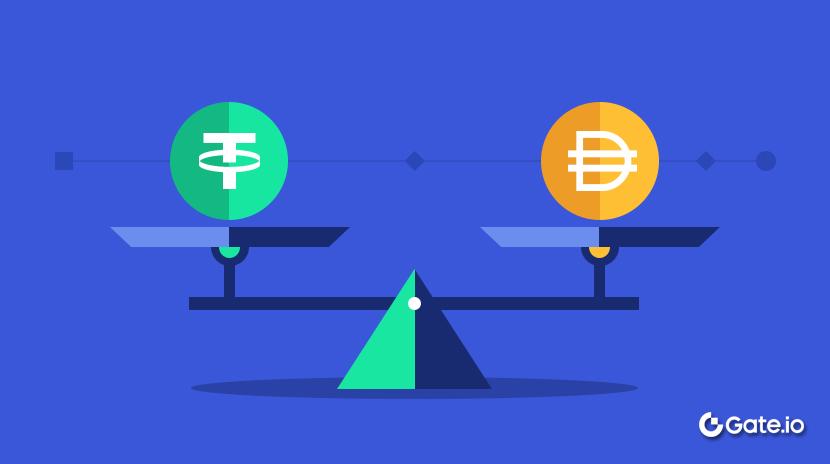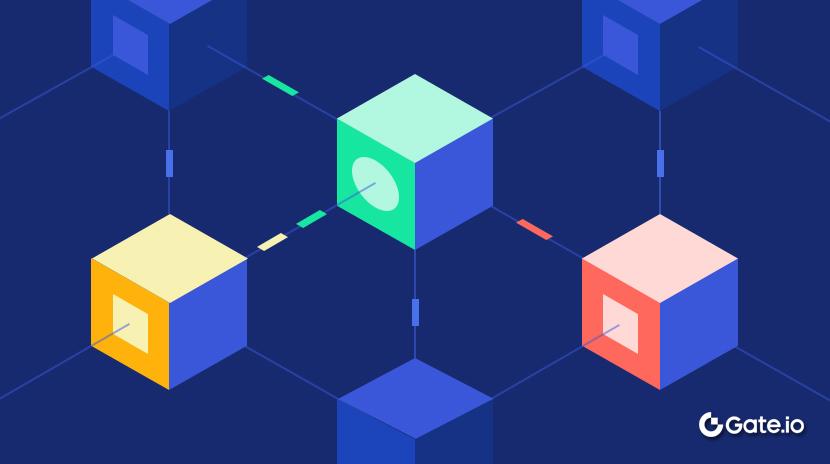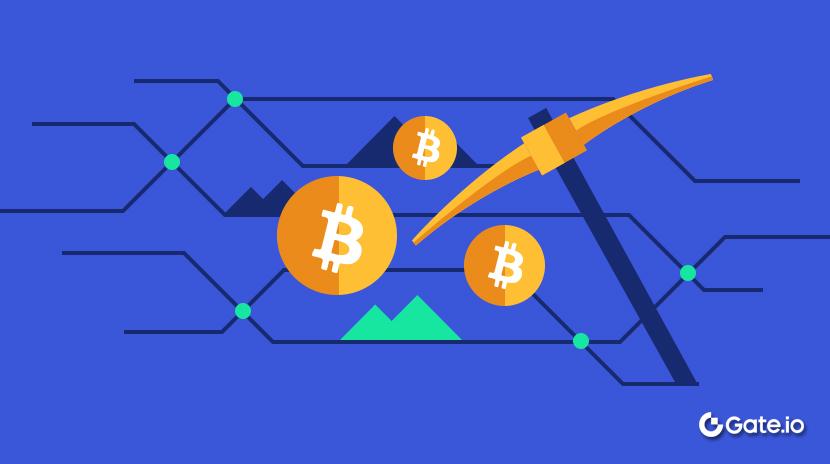Một Trò Chơi MEV Mới trên Solana: Hidden Vault hay New Scythe?
Retweet bài viết gốc “Solana chơi một trò chơi MEV mới, cơ hội giao dịch nguyên tử chiếm ưu thế trên thị trường giao dịch, liệu đó có phải là kho báu ẩn hay một cái liềm mới”
Với các sàn giao dịch phi tập trung cá nhân bắt đầu cung cấp các tùy chọn phí ưu tiên cá nhân hóa và biện pháp chống sandwich, lợi nhuận từ các cuộc tấn công sandwich trên Solana đã giảm đáng kể. Đến ngày 6 tháng 5, con số này đã giảm xuống còn 582 SOL, trong khi chỉ vài tháng trước, một cuộc tấn công sandwich đơn lẻ bởi một bot có thể dễ dàng mang lại lợi nhuận trung bình hàng ngày khoảng 10.000 SOL. Tuy nhiên, điều này không phải là sự kết thúc của MEV, khi một loại hình giao dịch chênh lệch nguyên tử mới đang trở thành nguồn chính của giao dịch trên chuỗi Solana.
Theo dữ liệu từ sandwiched.me, tỷ lệ giao dịch chênh lệch nguyên tử trên chuỗi đã đạt mức cực kỳ cao. Vào ngày 8 tháng 4, tỷ lệ giao dịch đóng góp bởi giao dịch chênh lệch nguyên tử đạt 74,12%, và vào các thời điểm khác, nó về cơ bản duy trì ở trên 50%. Nói cách khác, hiện tại trên chuỗi Solana, mỗi hai giao dịch có thể có một được sử dụng cho giao dịch chênh lệch nguyên tử.

Nhưng trên các phương tiện truyền thông xã hội, gần như không có thảo luận về cơ hội giao dịch chênh lệch nguyên tử. Liệu cơ hội giao dịch loại mới này thực sự là một kho báu ẩn hay chỉ là một chiếc liềm mới mẻ khác.
Giao dịch MEV theo phương pháp cơ học chế tạo nguyên tử, một cách tiếp cận mới đối với giao dịch MEV
Đầu tiên, hãy hiểu atomic arbitrage là gì. Atomic arbitrage đề cập đến việc thực hiện các hoạt động arbitrage liên quan đến nhiều bước trong một giao dịch blockchain duy nhất. Một giao dịch atomic arbitrage điển hình bao gồm việc mua một tài sản nhất định với giá thấp hơn trên một sàn giao dịch phi tập trung (DEX) trong cùng một giao dịch, tiếp đó là bán tài sản với giá cao hơn trên một DEX khác. Vì toàn bộ quy trình được bao gồm trong một giao dịch atomic duy nhất, nên tự nhiên loại bỏ rủi ro từ phía đối tác và rủi ro thực thi một phần có mặt trong arbitrage truyền thống giữa các sàn hoặc arbitrage không atomic. Nếu giao dịch thành công, lợi nhuận sẽ được khóa lại; nếu giao dịch thất bại, ngoài việc mất phí giao dịch, tài sản của người thực hiện arbitrage sẽ quay trở lại trạng thái ban đầu, tránh được tình huống chỉ hoàn thành mua hàng mà không bán được.
Atomicity không phải là một tính năng được thiết kế cho cơ hội cơ địa, mà là một thuộc tính cơ bản nguyên sinh của blockchain để đảm bảo tính nhất quán của trạng thái. Người cơ địa sử dụng một cách thông minh đảm bảo rằng bảo đảm này, gói gọn các hoạt động (mua, bán) mà ban đầu yêu cầu thực hiện từng bước một và mang theo rủi ro thực hiện vào một đơn vị nguyên tử, do đó loại bỏ rủi ro thực hiện ở mức kỹ thuật.
Các cuộc tấn công bánh sandwich hoặc bot giao dịch tự động theo truyền thống tập trung vào cùng một cặp giao dịch, xác định các cơ hội sinh lời. Sau đó, bằng cách đóng gói giao dịch, họ kẹp các giao dịch của đối thủ ở giữa hoặc đơn giản là gửi giao dịch liên tiếp nhanh chóng để tạo cơ hội. Mặt khác, chênh lệch giá nguyên tử về cơ bản sử dụng phương pháp đóng gói giao dịch nhưng nhấn mạnh hơn vào việc xác định sự khác biệt về giá giữa nhiều nhóm thanh khoản để nắm bắt cơ hội chênh lệch giá.
Truyền thuyết về Lợi nhuận và Sự thực Tàn bạo
Từ dữ liệu hiện tại, có vẻ như việc mua bán nguyên tử này mang lại lợi nhuận tốt. Trong tháng qua, việc mua bán nguyên tử trên chuỗi Solana đã kiếm được 120.000 SOL (trị giá khoảng 17 triệu đô la), và địa chỉ có lợi nhuận cao nhất chỉ tiêu tốn 128.53 SOL, dẫn đến lợi nhuận là 14.129 SOL, với tỷ lệ lợi nhuận là 109 lần. Lợi nhuận lớn nhất một lần, chỉ tiêu tốn 1.76 SOL, kiếm được 1.354 SOL, với tỷ lệ lợi nhuận một lần là 769 lần.

Hiện tại, có 5656 robot cơ hội lợi nhuận nguyên tử trong thống kê, với mức thu nhập trung bình là 24,48 SOL (3071 USD) mỗi địa chỉ, và chi phí trung bình khoảng 870 USD. Con số này dường như không cao bằng tay cắt sandwich trước đó, nhưng dường như là một kinh doanh đáng kể sau tất cả, với tỷ suất lợi nhuận hàng tháng là 352%.
Tuy nhiên, đáng lưu ý rằng các chi phí được hiển thị ở đây chỉ là chi phí của các giao dịch trên chuỗi. Giao dịch đối lập nguyên tử đòi hỏi đầu tư nhiều hơn sau đằng sau nó.
Theo thông tin trên web được cung cấp bởi một nhà phát triển MEV, có một số yêu cầu về phần cứng để thực hiện giao dịch chênh lệch nguyên tử, bao gồm một RPC riêng và một máy chủ với 8 lõi và 8GB bộ nhớ. Từ góc độ chi phí, chi phí của máy chủ dao động khoảng từ $100 đến $300 mỗi tháng, trong khi chi phí tối thiểu để thiết lập một máy chủ riêng là khoảng $50 mỗi tháng. Tổng chi phí hàng tháng dao động từ khoảng $150 đến $500, và đây chỉ là ngưỡng tối thiểu. Ngoài ra, để thực hiện giao dịch chênh lệch nhanh hơn, thường cần phải cấu hình máy chủ với nhiều địa chỉ IP cùng một lúc.
Từ ví dụ, có thể thấy trên một trang web triển khai cơ hội mua bán nguyên tử nhất định rằng trong tuần vừa qua, chỉ có 15 địa chỉ có lợi nhuận vượt quá 1 SOL, lớn nhất là 15 SOL, trong khi lợi nhuận của những người khác trong tuần đều dưới 1 SOL, và nhiều người vẫn ở trạng thái lỗ. Và nếu chúng ta xem xét các chi phí của máy chủ và nút, về cơ bản, tất cả các robot trên nền tảng này có thể đang ở trạng thái lỗ. Cũng rõ ràng rằng nhiều địa chỉ đã chọn dừng mua bán nguyên tử.
Ai đang tạo lợi nhuận? Mở rộng bí ẩn 'rủi ro' thương mại chênh lệch
Tất nhiên, trong thực tế, điều này dường như xung đột với dữ liệu lớn. Từ dữ liệu tổng thể, các robot thực hiện giao dịch chênh lệch nguyên tử trên Solana vẫn đang ở trong tình trạng lợi nhuận. Điều này cũng tuân theo 'nguyên lý Pareto', nơi một số robot chênh lệch cấp cao đã thu được rất nhiều lợi nhuận, trong khi những người khác vẫn còn là người mới.
Nhìn lại về logic tổng quát của giao dịch đối lập nguyên tử, không khó để nhận thấy rằng điểm quan trọng nhất để đạt được lợi nhuận là phát hiện cơ hội đối cân. Lấy giao dịch đối cân lợi nhuận nhất làm ví dụ, giao dịch này ban đầu mua 3679 mã thông báo grok với giá 2,13 SOL (với giá khoảng $0,08 mỗi mã) và sau đó bán chúng với giá $199.000 (với giá khoảng $54,36 mỗi mã). Rõ ràng, giao dịch đối cân thành công này cũng tận dụng một kẽ hở trong một hồ giao dịch có tính thanh khoản khan hiếm, thu hút một người mua lớn không chú ý đến sâu của hồ.

Nhưng về bản chất, những cơ hội này hiếm hoi, và vì các bot trên chuỗi hầu như luôn luôn theo dõi những cơ hội tương tự. Do đó, những cơ hội arbitrage lớn đôi khi này giống như việc trúng số hơn là thực sự có thể được thực hiện.
Sự bùng nổ gần đây của giao dịch chênh lệch nguyên tử có thể do một số nhà phát triển đóng gói cơ hội giao dịch chênh lệch này như một mô hình kinh doanh không rủi ro cho người mới bắt đầu, phát triển một phiên bản miễn phí cho họ sử dụng và cung cấp hướng dẫn. Họ chỉ lấy 10% cổ phần lợi nhuận khi thu lợi từ giao dịch chênh lệch. Ngoài ra, những đội này cũng thu phí đăng ký để hỗ trợ xây dựng nút và máy chủ, cung cấp nhiều dịch vụ IP hơn.
Trong thực tế, do hầu hết người dùng không hiểu sâu về công nghệ, các công cụ theo dõi cơ hội cơ địa được sử dụng là tương tự. Điều này cuối cùng dẫn đến ít lợi nhuận và không thể che phủ được các chi phí cơ bản.
Theo quan sát của PANews, trừ khi bạn có một nền tảng kỹ thuật nhất định, các công cụ giám sát chênh lệch giá độc đáo, các máy chủ và nút hiệu suất cao, hầu hết những người chơi muốn tham gia kinh doanh chênh lệch giá nguyên tử chỉ đang thay đổi từ việc bị cắt đầu cơ sang mua máy chủ và bị lừa bởi phí đăng ký. Khi ngày càng có nhiều người tham gia, xác suất thất bại chênh lệch giá cũng tăng lên. Lấy chương trình có lợi suất cao nhất trên sandwiched.me làm ví dụ, tỷ lệ thất bại giao dịch hiện tại của chương trình đã vượt quá 99%, có nghĩa là về cơ bản tất cả các giao dịch đều thất bại và các robot tham gia vẫn phải trả phí on-chain.

Trước khi nhảy vào làn sóng 'giao dịch chênh lệch nguyên tử' hấp dẫn này, mọi người nên duy trì tinh thần tỉnh táo, đánh giá đầy đủ tài nguyên và khả năng của mình, cảnh giác với những lời hứa 'an toàn không rủi ro' quá mức đóng gói, và tránh trở thành một làn sóng 'người mới' khác trong cơn 'đào vàng' mới này.
Tuyên bố:
- Bài viết này được sao chép từ [ PANewsTiêu đề gốc là “Solana thực hiện một vở kịch MEV mới, giao dịch chênh lệch nguyên tử chiếm nửa sức mạnh giao dịch, đó có phải là một kho báu ẩn hay một cái liềm mới?” bản quyền thuộc về tác giả gốc [ Frank, PANews],nếu bạn có bất kỳ ý kiến nào về việc tái bản, vui lòng liên hệĐội ngũ Gate LearnĐội ngũ sẽ xử lý nó càng sớm càng tốt theo quy trình liên quan.
- Xin lưu ý: Các quan điểm và ý kiến được thể hiện trong bài viết này chỉ thuộc về tác giả và không cung cấp bất kỳ lời khuyên đầu tư nào.
- Các phiên bản ngôn ngữ khác của bài viết được dịch bởi nhóm Gate Learn, khi không xác định cụ thể.Gate.ioDưới bất kỳ hoàn cảnh nào, các bài dịch không được sao chép, phổ biến hoặc đạo văn.
Bài viết liên quan

Tronscan là gì và Bạn có thể sử dụng nó như thế nào vào năm 2025?

Coti là gì? Tất cả những gì bạn cần biết về COTI

Stablecoin là gì?

Mọi thứ bạn cần biết về Blockchain

HODL là gì
